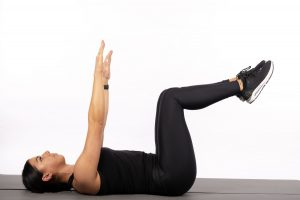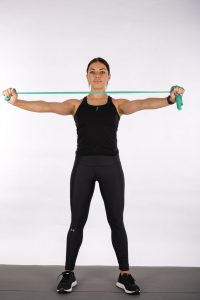Injury prevention in younger athletes – What can coaches do?








I’ve been promising this blog for a while and I know many of you are interested to try and keep on top of what is out there in the health category for apps. Here is a breakdown of my 5 favourites in no particular order and the cover a wide range of areas of health. If you have found a new app that you think is exciting and useful please share it with me. I’m always looking to learn more about how technology can improve our lives. Here is the list. Try the app and email me to let me know how it works for you:
Have you ever wondered what it takes to be an elite athlete? The training, the food intake, and trying to manage full time work with a sporting career? Today, Annabel and the Longevity Exercise Physiology teams at Drummoyne, Edgecliff, Marrickville, Bella Vista, Randwick, Pymble, Balmain and Neutral Bay go behind the scenes with one of Longevity’s own Exercise Physiologist’s Ryan…
Longevity Exercise Physiology Drummoyne, Edgecliff, Marrickville, Castle Hill, Randwick, Pymble, Balmain, Kingsgrove, Neutral Bay, Coburg – Melbourne, and Barrie, Ontario – Canada , would like to highlight our Pymble location, and how our team there can help you be your healthiest! Longevity Exercise Physiology, Pymble operates out of the North Shore Gym on West street in…
Longevity’s Q3 Quarterly Meeting This past Saturday, our 29 team members across the 9 locations in Sydney and Melbourne from Longevity got together to celebrate a successful 4 months. This involved our Quarterly Meeting, followed by dinner and drinks at the Rydges Hotel in Surry Hills. It was the first time a majority of the…
Today we share a blog from Anthony Hartcher of Me & My Wellness. Longevity work closely with Anthony and his company who are experts in health and wellness, lifestyle change and nutrition. We have previously collaborated with Anthony on our very popular 10 Nutrition FAQs Blog. Anthony has written a blog during COVID-19 to discuss…
Initially during the COVID-19 pandemic we all thought working from home was going to be temporary, but now people are continuing to work from home as it has shown many benefits for work productivity. However, we have also seen the negative effects of working from home on peoples’ physical wellbeing. Today, Longevity Exercise Physiology Drummoyne, Edgecliff, Marrickville, Castle…